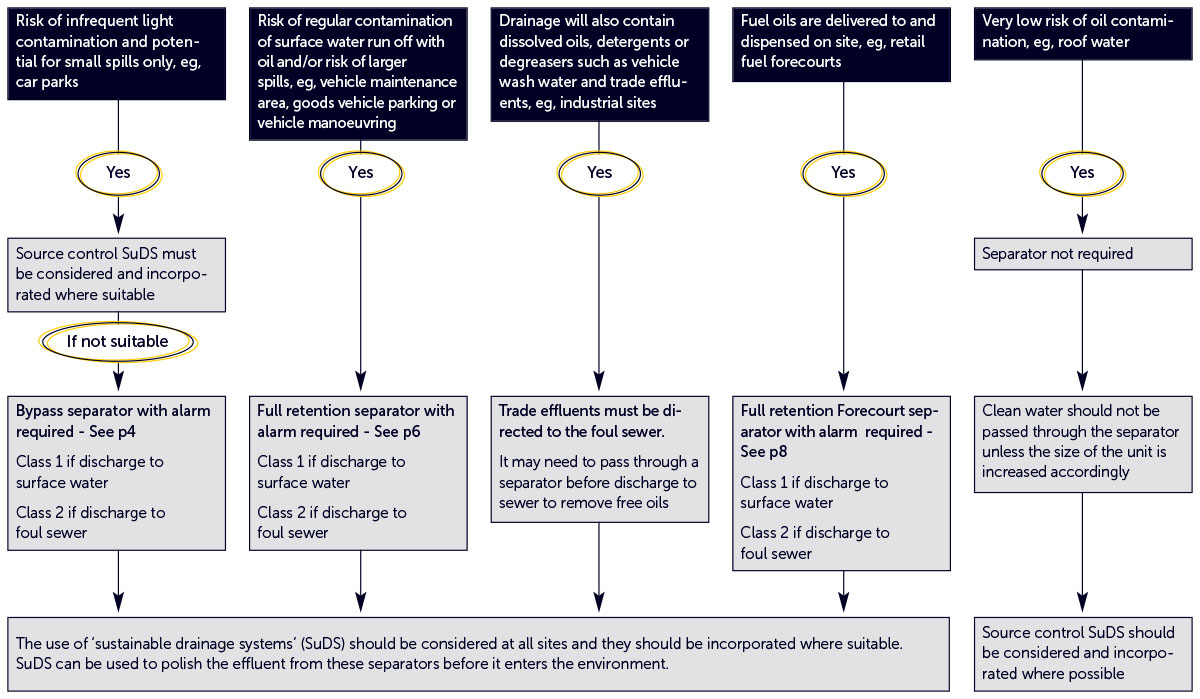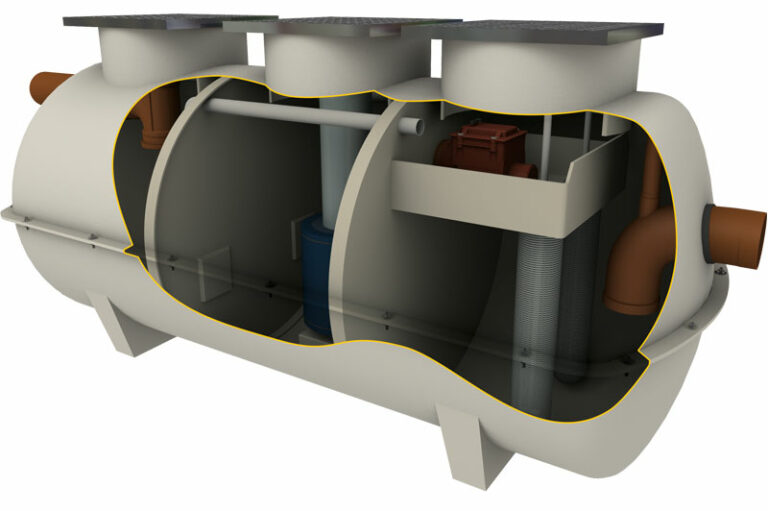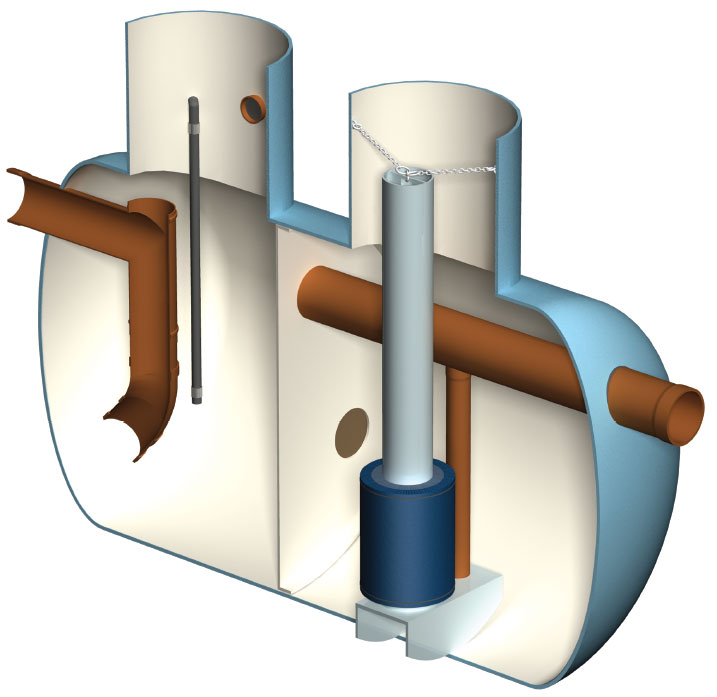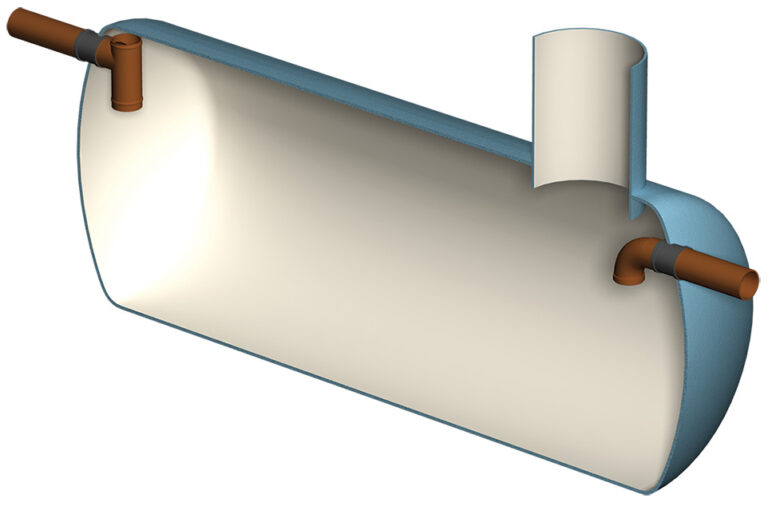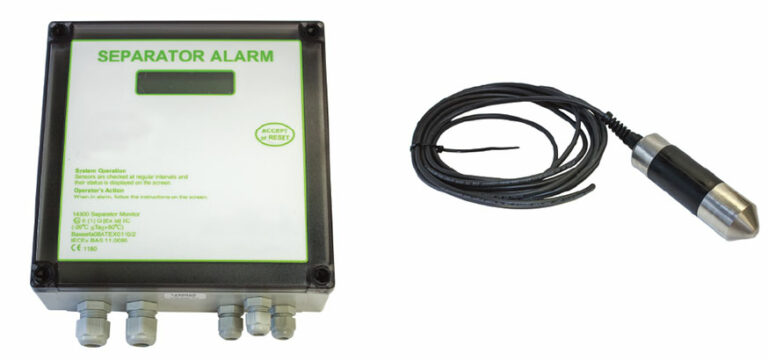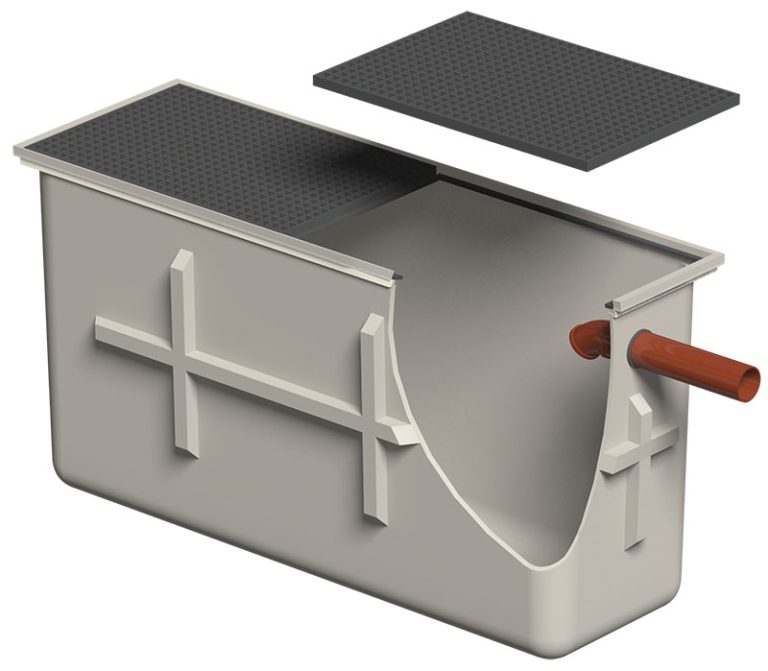Separation by flotation and settlement
Oil separators are designed to prevent oil and other hydrocarbons from entering the drainage system. They separate oil from water, and safely retain the oil until it is removed.
Oil cannot be treated easily and will therefore cause severe pollution if allowed to enter mains sewers or drainage fields. Statutory controls enforce strict regulations on the discharge of such pollutants.
Oil separators should be used in such applications as petrol stations, industrial yards and garages; or virtually anywhere that a risk of oil contamination exists.
Discharge requirements for oil separators may vary in different areas of the country and it is therefore essential to consult the appropriate environmental controlling authority prior to specifying an oil separator. If the discharge is to a public sewer then local Building Control, the Water Authorities and water companies should also be contacted.
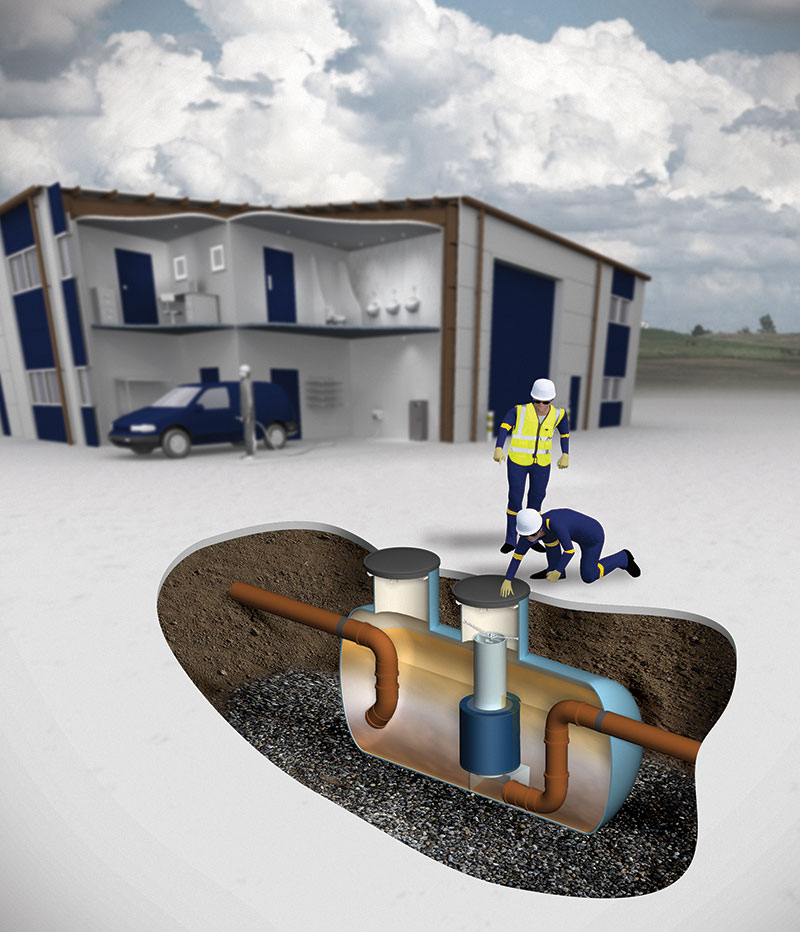
Separator types and principles of operation
Classes
Separators are classed in two categories based on performance under standard test conditions.
Class 1 separators are designed to achieve a discharge concentration of less than 5mg/litre of oil. These separators are required for discharges to surface water drains and the water environment.
Class 2 separators are designed to achieve a discharge concentration of less than 100mg/litre of oil under standard test conditions. They are suitable for dealing with discharges where there is a lower quality requirement, such as discharges to the foul sewer.
Both classes can be produced as ‘full retention’, ‘bypass’ or ‘forecourt’ separators as explained below.
Bypass separators
Bypass separators treat all flows from rainfall events of up to 6.5mm/hr. This covers over 99% of all rainfall events. Flows higher than 6.5mm/hr are designed to bypass the separator.
These separators are used in a ‘low risk’ environment where there is no requirement to provide full treatment for the flow; for example a car park where the risk of a significant spillage is small.
Full retention separators
Full retention separators treat the full flow that is delivered by the drainage system, which is normally equivalent to the flow generated by a rainfall intensity of 65mm/hr.
These separators are used where there may be a ‘high risk’ of a significant fuel spillage, such as vehicle workshops
Forecourt separators
Forecourt separators are a type of full retention separator, however they are specifically designed to store the maximum spillage likely to occur on a petrol station forecourt.
These separators are manufactured to a specific size in order to retain the potential spillage from a single compartment of a road tanker – currently up to 7,600 litres in the UK.
Wash-down separators and silt traps
It is a legal requirement to install a silt trap or wash-down separator on commercial sites, such as vehicle wash bays, where there is an environmental risk of contamination from dirt, brake dust, traffic film residue, cleaning agents, oil, etc.
Choosing the right separator
